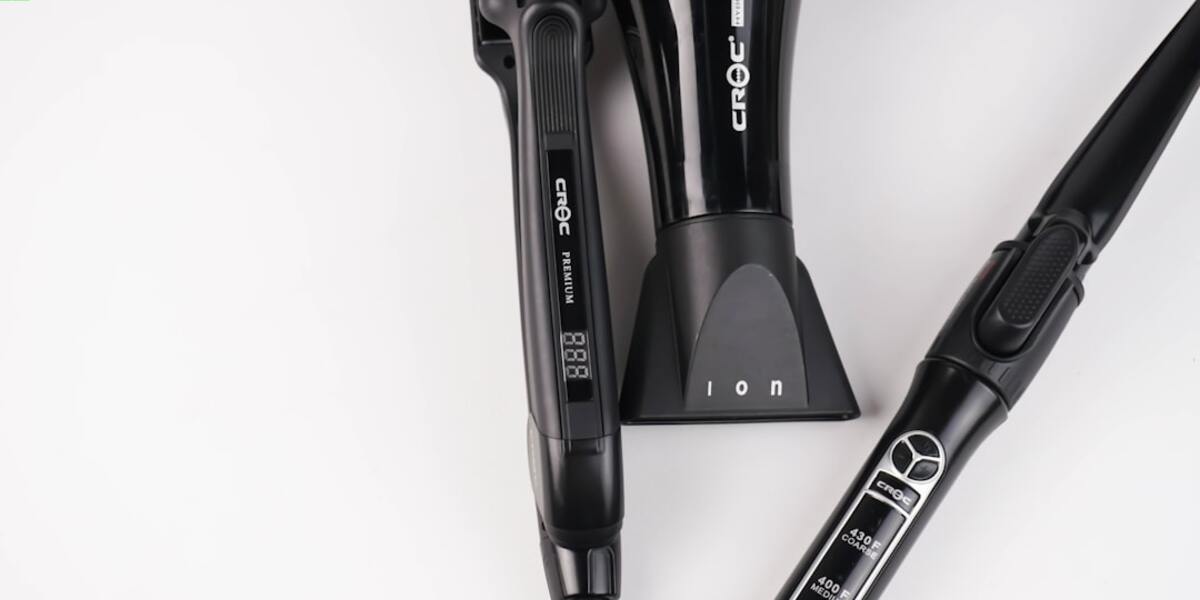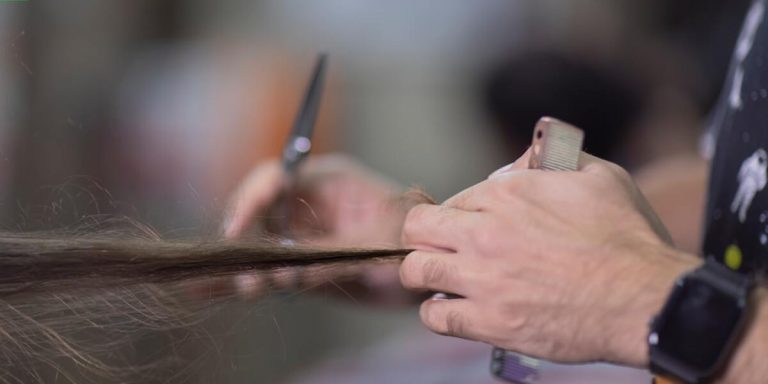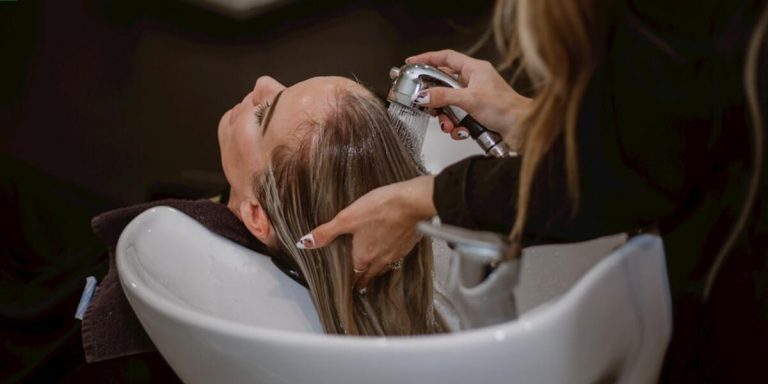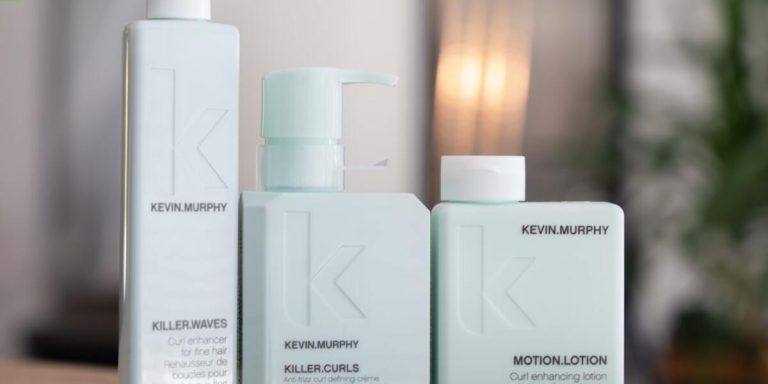Tretinoin Hair Regrowth: A Comprehensive Analysis of its Efficacy
Hair loss can be a distressing phenomenon for millions of people worldwide, thus leading to an incessant search for effective remedies. One such potential solution that has been gaining significant traction among hair growth advocates is Tretinoin Hair Regrowth treatment. It’s not your typical over-the-counter product; it’s a retinoid packed with potent properties that promise convincing results.
Touted as one of the pivotal breakthroughs in the fight against baldness and thinning hair, tretinoin brings new hope to those grappling with these issues. This article offers you a comprehensive analysis on how exactly tretinoin fosters hair regrowth, its efficacy level rooted in scientific evidence alongside some real-life experiences shared by users globally.
Did you know?
Studies show that Tretinoin, popularly known for its anti-aging effects on the skin, can significantly increase hair regrowth rate when used in combination with Minoxidil.
Understanding Tretinoin and Its Role in Hair Regrowth
Tretinoin, often recognized by its brand name Retin-A, is a potent derivative of Vitamin A. Initially known for the treatment of acne and skin aging symptoms like fine lines and dark spots, it has recently garnered attention in tackling hair loss issues as well. Tretinoin’s role involves encouraging cell turnover which may potentially stimulate new hair growth – making it an important conversation piece when discussing solutions to hair thinning or baldness.
The way tretinoin works towards promoting healthier locks can be attributed to two key factors; improved scalp health and enhanced absorption capabilities for other topical products designed for hair regrowth. By clearing away dead skin cells from your scalp surface, tretinoin facilitates increased blood circulation resulting in a nutrient-rich environment favorable to active follicle growth.
In conjunction with Minoxidil – an FDA-approved medication used widely as over-the-counter remedy against male pattern baldness–tretinoin has shown synergistic effects leading to accelerated results compared with using Minoxidil alone. The combination demonstrates just how pivotal tretinoin could be within the narrative of effective strategies combating receding hairlines this 2023.
The Science Behind Tretinoin as a Topical Treatment for Hair Loss
Tretinoin, commonly known as Retin-A, is a topical medication widely recognized for its wide range of dermatological benefits – from acne treatment to wrinkle reduction. However, recent research and understanding highlight its potential role in hair regrowth – a promising development that gives hope to millions worldwide experiencing hair loss.
The science behind tretinoin’s effectiveness in stimulating hair regrowth lies mainly within the realm of cellular biology. Initially engineered as an acne solution, it was discovered that tretinoin has unique properties promoting faster cell turnover rates on your skin’s surface layers – a beneficial effect extending itself towards our scalp and follicles too.
As part of our body’s natural life cycle, new cells regularly replace older ones. When this cycle slows down or stops due to various factors like aging or hormonal changes – we encounter problems like thinning, breakage or complete cessation of growth i.e., baldness. Tretinoin helps combat these issues by accelerating cell division at the level where hairs originate (hair follicle), thereby initiating processes conducive for re-growth over time.
Moreover, one cannot sideline ‘increased blood circulation’ related advantages when discussing tretinion’s effects regarding hair health improvement efforts—an aspect repeatedly confirmed via scientific studies during recent years around “tretinoic acid” impact analysis.
How Tretinoin Stimulates Follicular Activity and Promotes New Growth
Tretinoin, also known as Retin-A, is a topical medication often used to combat signs of aging and acne. More recently, extensive studies have pointed towards its potential in stimulating follicular activity leading to hair regrowth.
Firstly, it’s necessary to understand that tretinoin hair regrowth results from the product’s ability to speed up cell regeneration. Specifically for the scalp area where thinning or balding has occurred due to inactive or underactive hair follicles. Applying Tretinoin helps these dormant follicles wake up by enhancing blood flow and nutrients delivery.
With increased circulation comes a healthier environment conducive for growth. The result? A favorable setting for thickening your current strands and encouraging new ones!
Incorporating Tretinoin into Your Hair Care Routine
Designed to treat a number of skin problems, including acne and fine lines, tretinoin is now making waves in the hair regrowth industry. This potent derivative of vitamin A has been found to stimulate hair growth by boosting cell turnover rates on your scalp, penetrating deep into your follicles to encourage healthy new strands. By incorporating it into your regular routine you could expect visible improvements within three to six months.
Tretinoin effectively encourages hair regeneration, especially when used with Minoxidil, a known baldness treatment. This combination:
- Opens blocked pathways for nutrients to reach hair follicles
- Increases thickness and length of hair over time
- Speeds up the regrowth process without harming overall health
This benefit is particularly valuable in 2023, with changing environmental influences such as sun exposure and temperature shifts.
However, while this compound brings great promise for those wishing lusher locks, one must tread carefully due its strength; using too much may lead irritation or redness especially if you have sensitive skin types hence introducing it gradually might be advisable approach towards achieving maximum results regarding voluminous glossier head full hairs without side effects associated typically high potency treatments.
Step-by-Step Guide to Applying Tretinoin for Maximum Effectiveness
Incorporate tretinoin into your hair care routine to significantly aid in hair regrowth. Learn how to use this potent topical treatment effectively for optimal results. Follow this step-by-step guide on applying tretinoin:
Start with clean, dry hands and ensure your scalp is free from any kind of dirt or oil as well. Pat it dry gently using a soft towel.
Take only a pea-sized amount of the product; moderation is key when dealing with Tretinoin to prevent skin irritation that could potentially hinder its effectiveness towards promoting better hair growth.
Next, apply the cream directly onto areas experiencing thinning or mild balding spots evenly across those regions within your head where you wish to promote more robust and healthier follicle development focusing on massaging it deeply but carefully into each spot without causing discomfort or possible damage in these delicate zones.
Safety Precautions and Best Practices When Using Tretinoin on Scalp
Applying tretinoin for hair regrowth can be an effective step in your routine, given its proven benefits. However, it’s essential to follow certain safety precautions and best practices when using this potent substance on your scalp.
Firstly, ensure the product is right for you – consult with a healthcare professional or dermatologist before starting any new treatment regimen. They’ll evaluate if tretinoin is safe based on individual factors such as overall health status, skin type and sensitivity levels.
1. Always apply a thin layer of topical medication evenly over the scalp.
2. Be careful not to let it come into contact with eyes or lips; always wash hands after use.
3. It’s wise not to start applying every day immediately but gradually increase frequency.
Remember that consistency is key – regular applications will yield better results than sporadic ones.
Keeping track of side effects should also feature prominently in prerequisites of usage:
– Experiences may vary among individuals regarding dryness or peeling around the application site – these are common occurrences during initial stages.
– More severe reactions signifying hypersensitivity like swelling/redness/warmth at applied area warrant immediate medical attention!
– Avoid sun exposure as much possible since Tretinoin sensitizes skin towards sunlight making burns more likely – wear hats/use sunscreen frequently!
Measuring the Success of Tretinoin in Treating Alopecia
Tretinoin, often known by its trade name Retin-A, has emerged as a potent aid to hair regrowth. This topical cream is not just beneficial for treating acne and reducing the signs of aging on your skin but also serves an invaluable role in fighting against Alopecia – a condition that leads to significant hair loss.
Yet success carries different meanings for various individuals suffering from alopecia; some may perceive dense coverage as victory while others might deem any visible sprouts as progress enough considering their initial state was near baldness. Consequently, measuring tretinoin’s effectiveness involves frequent photographic documentation alongside personal assessments regarding changes in thickness and density over time.
Identifying Indicators of Progress with Regular Use of Tretinoin
Recognizing positive changes during the course of tretinoin hair regrowth therapy is crucial in determining its effectiveness. As a topical treatment for alopecia, understanding how to measure progress becomes an essential part of your journey towards achieving lustrous locks.
Firstly, the most obvious indicator would be visible signs of new hair growth. When applying tretinoin onto your scalp consistently over time, you may start noticing small hairs sprouting from previously barren areas on your head. These could be light-colored initially but should darken as they mature and become fuller.
Monitor your hair fall rates to see if they decrease compared to when you began using tretinoin. While there’s no set decline rate due to individual genetics and treatment responses, significantly fewer strands lost during combing or washing likely indicate the regimen’s effectiveness. This implies it is protecting current hair and encouraging new follicle growth at the same time.
Long-Term Results: Expectations vs. Reality in Hair Regrowth Journeys
Understanding the long-term results of tretinoin hair regrowth treatments involves a comparison between expectations and reality. Many individuals carry high hopes when they begin their journey towards reversing alopecia, often viewing success through a lens tainted by misinformation or unrealistic standards.
A key aspect to remember is that while tretinoin has shown promising results in numerous studies for promoting hair regrowth, it’s not an overnight solution. Patience becomes essential as typical treatment duration can range from six months up to two years before substantial improvements are observed.
Now, let’s dive into what you can expect versus what might actually happen during this exciting yet challenging voyage.
Reality: Hair growth is a slow process under normal circumstances; with alopecia treated with tretinoin even more patience is necessary. Anticipate seeing visible changes roughly after three months of consistent usage.
Reality: Tretinoin use can lead to initial exacerbations such as scalp redness or peeling which typically subside over time as your system acclimates itself to the medication dynamics.
Conclusion
In conclusion, the journey to rejuvenation with tretinoin hair regrowth is one that promises exciting prospects. With scientific evidence bolstering its efficacy and numerous success stories echoing this sentiment, it emerges as a breakthrough in fighting hair loss.
Navigate your way around our website for more enlightening content on hair regrowth methods. Breaking down complex information into digestible pieces, we empower you on your pursuit of luscious locks. Don’t just stop at ‘tretinoin’; explore other compelling solutions for better understanding what works best for your unique needs.







